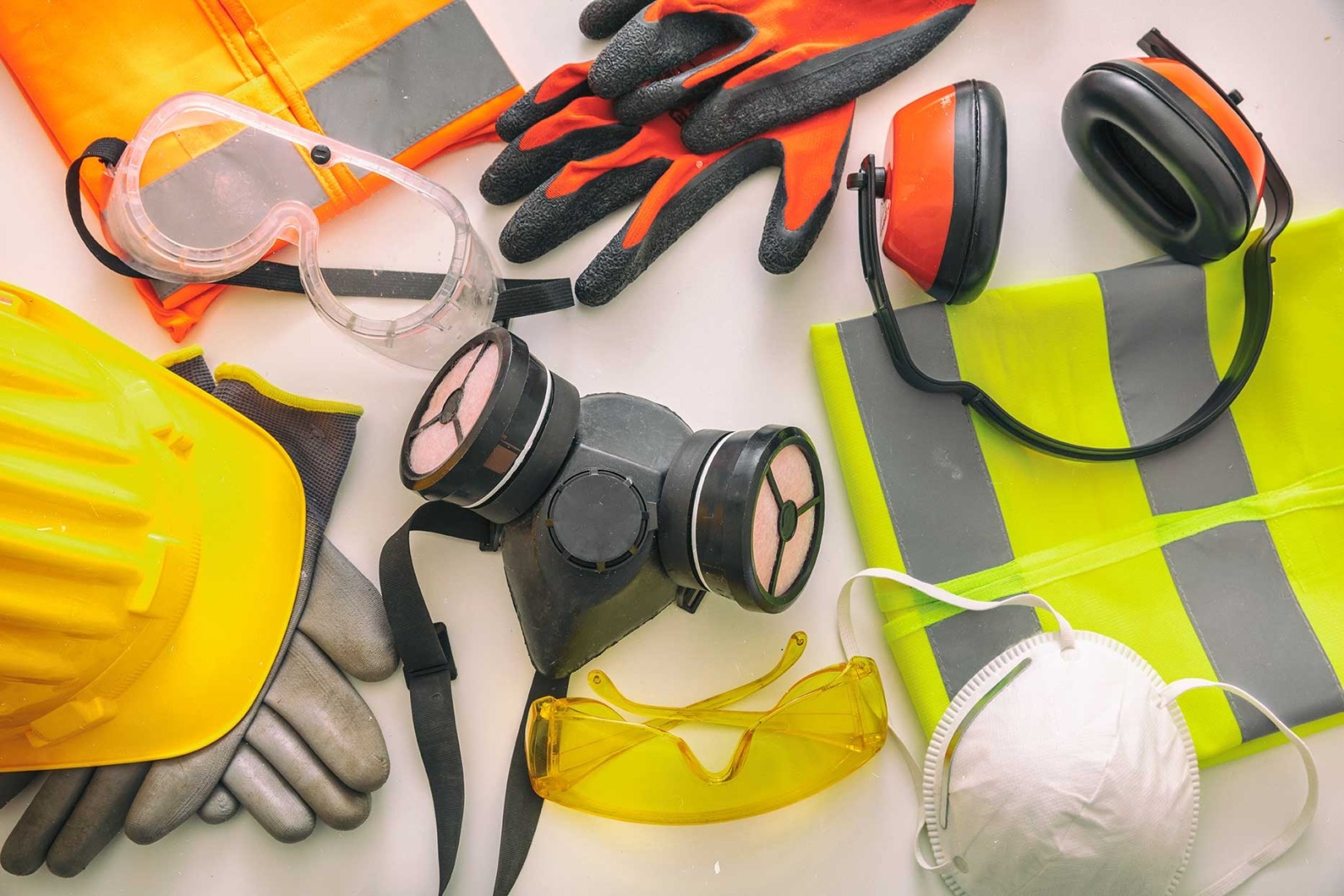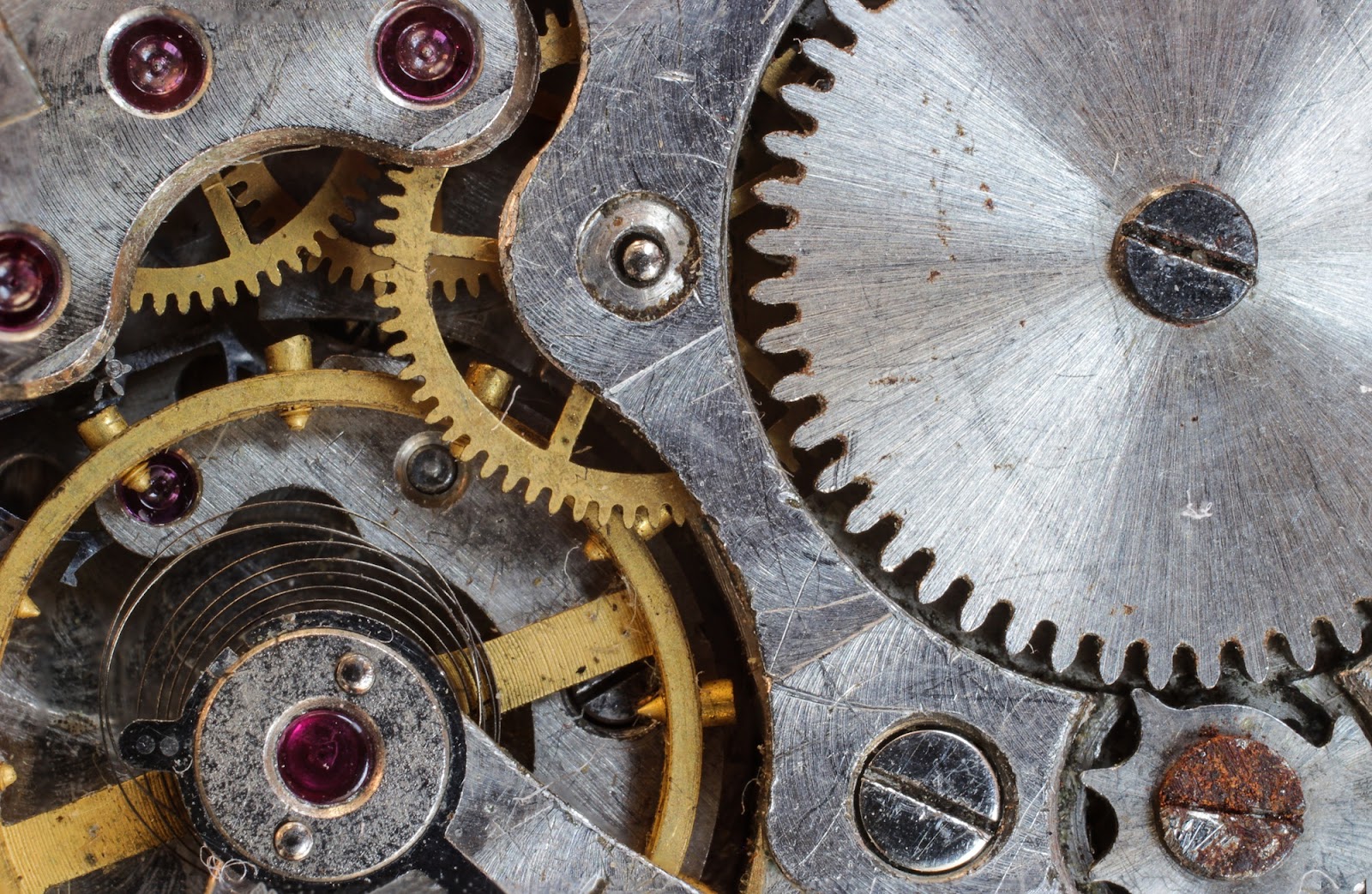Comments
- No comments found

In any operation, whether it's in construction, manufacturing, or fieldwork, the equipment used is crucial to the overall success and efficiency of the project.
Proper equipment protection isn't just about preventing damage; it's about ensuring reliability, safety, and longevity.
Without adequate protection, tools and machinery may suffer from wear and tear, leading to costly repairs, downtime, and even hazardous working conditions. By investing in robust protective measures, you safeguard your equipment against environmental factors, mishandling, and operational stress, ultimately maximizing productivity and minimizing interruptions.

Proper equipment protection brings a multitude of benefits to any operation. One of the most immediate advantages is the extension of the lifespan of your machinery. By shielding your equipment from adverse weather conditions, abrasive materials, and physical impacts, you reduce the need for frequent replacements or repairs. This not only preserves your budget but also ensures that your project timeline remains uninterrupted by breakdowns and emergencies. Additionally, effective equipment protection contributes significantly to workplace safety.
Machinery that is well-maintained and protected is less likely to fail unexpectedly, which decreases the risk of accidents and injuries on site. Safety is paramount in construction, manufacturing, and fieldwork, and ensuring that equipment is in optimal working condition is a crucial aspect of creating a safe and secure working environment for all employees. For example, reusable hose floats can prevent hose damage, reducing the risk of leaks and spills that could lead to slip and fall incidents. Proper equipment protection enhances efficiency and productivity.
There are various types of equipment protection tailored to meet different needs and operational environments. One popular form is physical barriers, such as guards and enclosures, which prevent machinery from being exposed to harmful elements. These barriers can be customized to fit specific equipment and are typically made from durable materials that can withstand heavy-duty use and harsh conditions.
Another essential type of equipment protection is the use of protective coatings and lubricants. These substances can prevent rust, reduce friction, and shield components from chemical exposure. Regular application of these coatings and lubricants is a proactive measure that significantly lowers the likelihood of equipment failure due to corrosion and wear. Both physical barriers and protective coatings play a critical role in any comprehensive equipment protection strategy.
Preventive maintenance is a proactive approach to equipment protection that involves regular inspections and servicing to identify and address potential issues before they escalate. This type of maintenance ensures that machinery continues to operate at peak efficiency and reduces the likelihood of unexpected breakdowns. Scheduled maintenance tasks can include oil changes, filter replacements, and component inspections, all of which contribute to the longevity and reliability of your equipment.
Furthermore, preventive maintenance fosters a culture of diligence and responsibility among employees. When workers are trained to perform regular checks and upkeep on their tools and machinery, they become more invested in the overall health and performance of the equipment. This not only leads to better maintenance practices but also promotes a safer and more efficient workplace where equipment protection is seen as a collective responsibility.
Environmental factors can have a significant impact on the condition and longevity of your equipment. Exposure to extreme temperatures, moisture, and corrosive substances can lead to accelerated wear and damage. Implementing equipment protection that takes environmental factors into account is crucial for operations in challenging climates or conditions. For instance, using weatherproof covers and storage solutions can shield equipment from rain, snow, and UV rays, preventing rust and other forms of deterioration.
Sustainable practices in equipment protection can also benefit the environment. Utilizing eco-friendly protective coatings and lubricants, as well as investing in energy-efficient machinery, can reduce the carbon footprint of your operation. By prioritizing environmentally conscious protection measures, you not only safeguard your equipment but also contribute to broader environmental sustainability goals.
Investing in proper equipment protection can have a substantial impact on the overall cost-efficiency of your operation. While the initial expenditure on protective measures may seem significant, the return on investment (ROI) is often realized through reduced repair and replacement costs, minimized downtime, and enhanced productivity. Effective protection extends the functional lifespan of your equipment, allowing you to get more value out of your initial investments.
Implementing robust equipment protection strategies can provide competitive advantages. Companies that prioritize the maintenance and safeguarding of their equipment are better positioned to meet project deadlines and deliver high-quality results. This reliability can enhance your reputation and lead to more business opportunities, thereby increasing your overall profitability and market standing.

The importance of proper equipment protection in any operation cannot be overstated. Investing in robust protective measures ensures that your machinery remains reliable, safe, and efficient, ultimately contributing to the success and longevity of your projects. By implementing various types of equipment protection, such as physical barriers, protective coatings, and preventive maintenance, you effectively reduce the risk of costly repairs, downtime, and workplace accidents. Additionally, considering environmental factors and adopting sustainable practices can further enhance the resilience and cost-efficiency of your equipment.
Leave your comments
Post comment as a guest